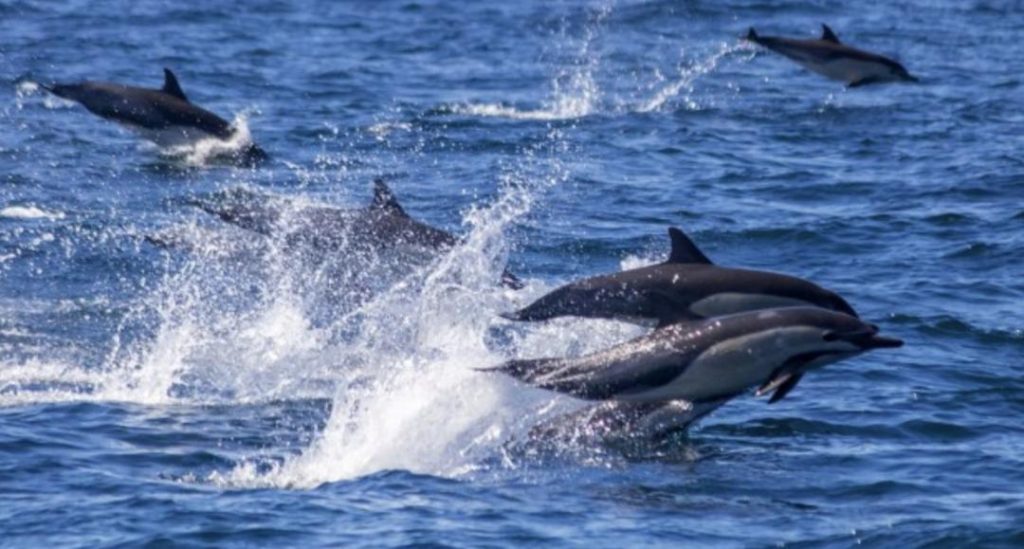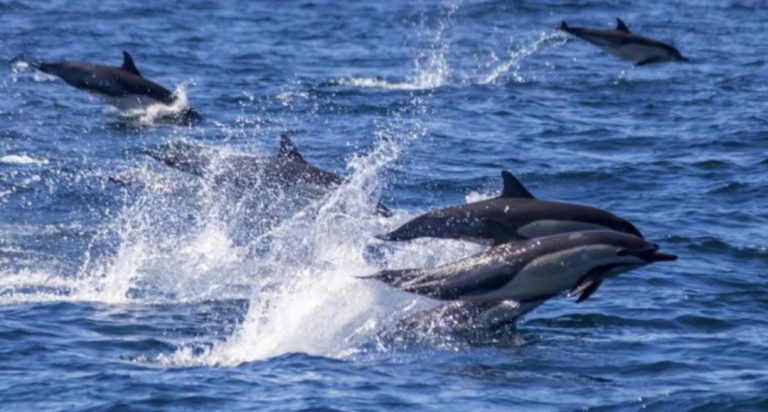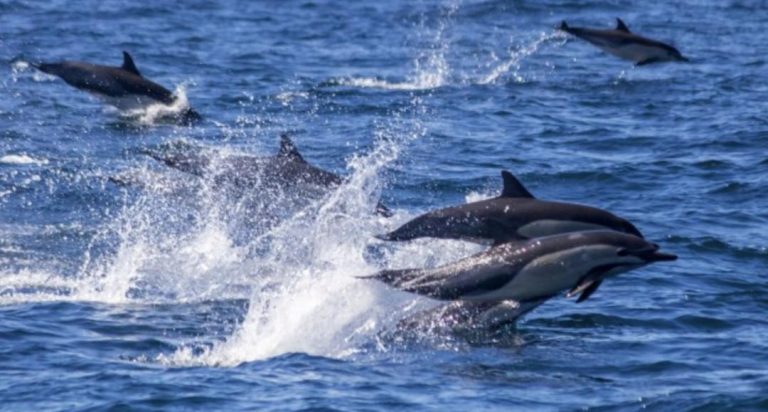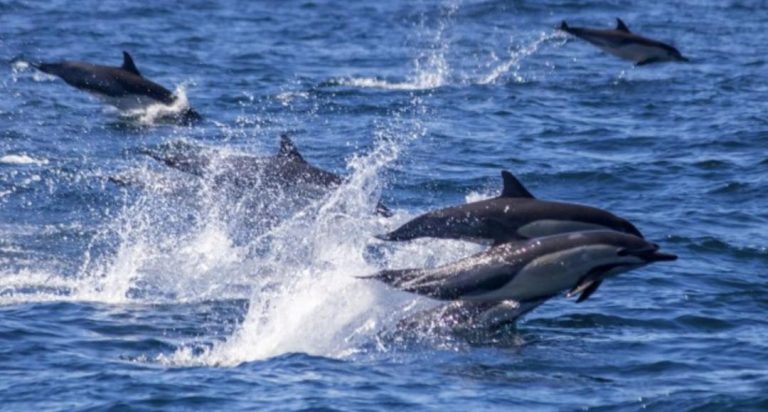
Dolphins & Whales Regularly Socialise with Each Other: Study
In a fascinating discovery, researchers from Griffith University have found that dolphins and whales frequently socialize with each other, engaging in playful interactions that are often mutual. The study, published in the journal Marine Mammal Science, analyzed videos and photographs of interactions between baleen whales and dolphins, covering 19 species across 199 separate events.
The findings of the study, which were recently reported in Moneycontrol, a leading Indian financial and business news portal, suggest that dolphins and whales do not just coexist in the same ecosystem, but also actively interact with each other. The researchers found that the interactions between the two groups were not limited to chance encounters, but were often deliberate and repeated.
One of the most common interactions observed in the study involved dolphins swimming near the head of the whale. This behavior was observed in 44% of the interactions analyzed, and was often accompanied by other behaviors such as breaching, lobtailing, and even surfing on the whale’s back.
Bottlenose dolphins were found to be the most involved dolphin species in these interactions, accounting for 71% of all dolphin-whale interactions observed in the study. This is not surprising, given the social and intelligent nature of bottlenose dolphins, which are known to form complex societies and engage in playful behavior with each other.
The study also found that the interactions between dolphins and whales were not limited to just a few species. In fact, 19 different species of dolphins and whales were observed interacting with each other, including humpback whales, minke whales, and orcas.
The researchers suggest that these interactions may play an important role in shaping the behavior and ecology of both dolphins and whales. For example, dolphins may learn important skills, such as hunting and social behavior, by observing whales. Similarly, whales may benefit from the presence of dolphins, which can help to deter predators and provide companionship.
The study’s findings also have implications for our understanding of animal intelligence and social behavior. The fact that dolphins and whales are able to form complex social relationships and engage in playful behavior with each other suggests that they may be capable of complex thought and problem-solving.
In recent years, there has been a growing body of research on the social behavior of dolphins and whales. For example, studies have shown that dolphins are able to recognize themselves in mirrors and have a sense of self-awareness. Similarly, studies have found that whales are able to communicate with each other using complex vocalizations and even have their own version of sign language.
The study’s lead author, Dr. Kate Barclay, said in a statement, “Our study provides new insights into the social behavior of dolphins and whales, and highlights the importance of studying these interactions in order to better understand the ecology and conservation of these species.”
The study’s findings also have implications for conservation efforts. Many dolphin and whale species are threatened or endangered due to habitat destruction, pollution, and overfishing. By studying the social behavior of these species, conservationists may be able to develop more effective strategies for protecting them and their habitats.
In conclusion, the study’s findings suggest that dolphins and whales regularly socialise with each other, engaging in playful interactions that are often mutual. The study’s results have important implications for our understanding of animal intelligence and social behavior, and highlight the importance of studying these interactions in order to better understand the ecology and conservation of these species.





